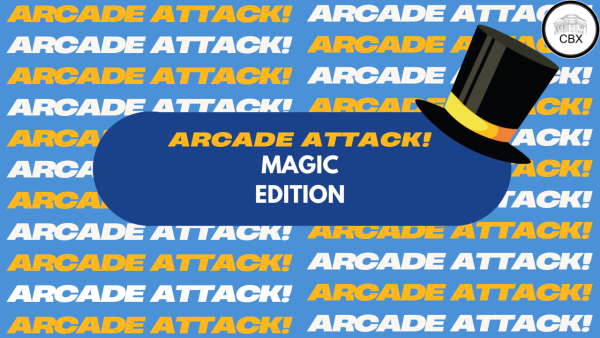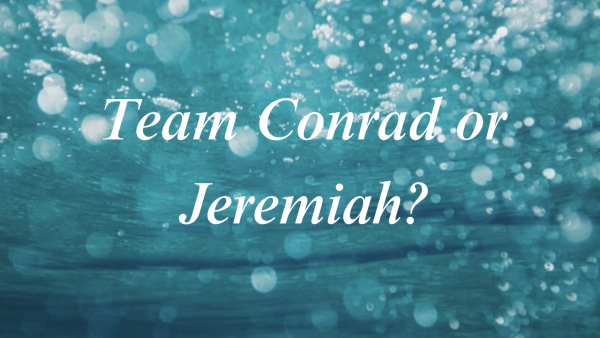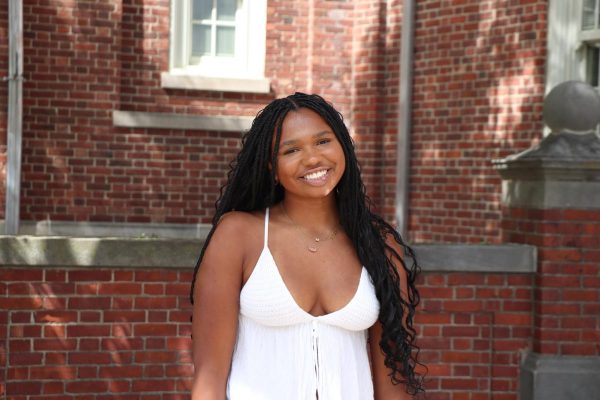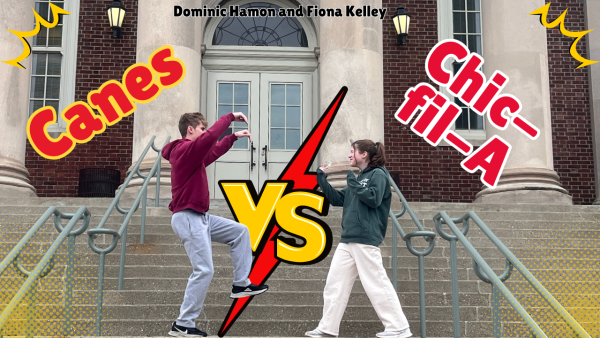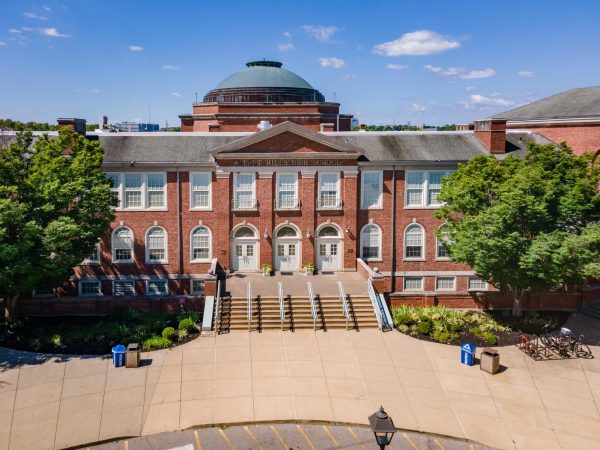“How to Be an Antiracist” book review
Caste is a 477-page book divided into seven distinct parts (not to be confused with the eight pillars of caste defined in part three) and How to be an Antiracist is a 322-page book comprised of an introduction and 18 chapters.
Literature is an important and valued form of education and many who seek a higher form of historical understanding often turn to books. When it comes to educating oneself about antiracism through the power of literature, nonfiction books such as Ibram X Kendi’s How to Be an Antiracist (2019) and Isabel Wilkerson’s Caste: The Origins of Our Discontents (2020) are good options.
These antiracism books serve the purpose of teaching Black history and systemic racism while describing the systems of oppression in America. Told from the perspectives of two Black New York Times best-selling authors, these personal narratives give in-depth explanations on the framework that keeps America from being free of racism.
How to be an Antiracist should be read first, not only because of its shorter length, but because it allows for a softer transition into the realm of books about antiracism. It also has an easy-to-read format, whereas the chapter divisions and overall structure of Caste can be, at times, harder to follow.
While Caste focuses more on the similarities between the social stratification in America, India and Nazi Germany, How to Be An Antiracist studies the differences between segregationalist racism, assimilationist racism and antiracism.
How to be an Antiracist has one clumsy error related to racism and transgender people. Transgender, or people whose birth sex do not match with their gender, were mentioned in passing in “Chapter 14: Gender,” but were mentioned six times on page 197 in “Chapter 15: Sexuality.” This is a common misconception, however, since the letters LGB in LGBTQ+ are sexualities while transgender is an adjective to describe someone whose gender is not the same as their birth sex and queer is a controversial description of non-cis-gendered non-heterosexuals. While the section about transgender people should be in Chapter 14, this is a small detail and does not diminish my love for the book and my respect for the author. To his credit, Kendi did include an exemplary definition of transgenderism in his book, albeit in the wrong chapter.
“How to be an Antiracist is so profound in part because Kendi openly admits his flaws and faults to the readers.”
— Ian Michael Wheatley
Each chapter in How to be an Antiracist begins with a short definition of a term that is central to the topic of the chapter and an anecdote from Kendi’s life. Caste’s chapters are structured in a very similar way, but instead of the anecdote, the chapters often have short descriptions of famous social experiments like Jane Elliott’s “Blue Eyes/Brown Eyes” demonstration.
For example, Chapter 13: Space starts with a definition of Space Racism and Space Antiracism, continues with a story about Kendi’s time at Temple University and finishes with information about Historically Black Colleges and Universities (HBCUs) and the racism and antiracism. involved in such spaces.
How to be an Antiracist is so profound in part because Kendi openly admits his flaws and faults to the readers. He explains in detail his elementary, middle school, high school and college years when he had racist ideas about white people and Black people alike, and why the ideas were wrong. He also challenges the reader to self-reflect and begin the never-ending journey of becoming an antiracist.
Both books touch on the differences between African immigrants in America and Black people in America, either from the perspective of Kendi’s college students or from the perspective of Wilkerson’s colleagues and fellow conference attendees.
Wilkerson uses multiple metaphors, the most memorable of which is a house with Black people at the bottom in a flooding basement and whites at the top who cannot or will not see the framework that affords them their white privilege. One of Wilkerson’s tales from her life near the end of the book includes her struggles to fix the leak in her basement after the death of her husband.
Likewise, Kendi relates his struggle with stage-four colon cancer to his struggle with racism and Black abuse while crafting a brilliant metaphor from the situation. Not everybody experiences or recognises racism, but many people are familiar with cancer.
Kendi uses memories from his childhood and young adulthood throughout the book, while Wilkerson includes stories from when she was writing or working as a New York Times correspondent in Chicago. Both nonfiction works include personal anecdotes, statistics and analyses to connect with their audience on a personal level.
This article was updated on Oct. 27, 2021.
Your donation will support the student journalists of Walnut Hills High School. Your contribution will allow us to purchase equipment, cover our annual website hosting, printing costs and offset competition and conferences fees for students.



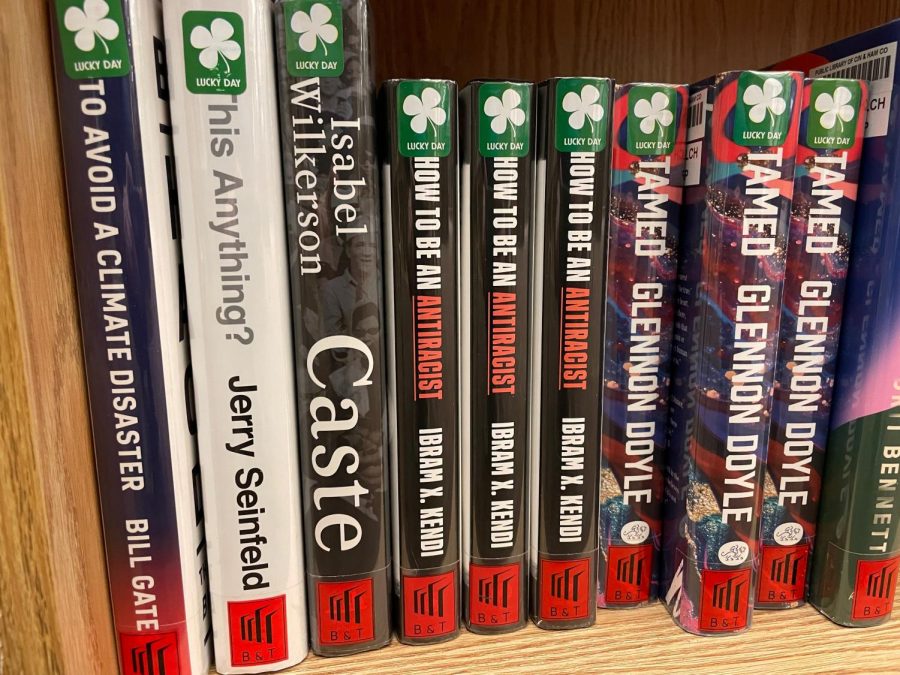
![Freshman choir students practice in class. “[The class] is almost like an army working together,” Anthony Nims, choir director, said.](https://whhscbox.com/wp-content/uploads/2025/10/freshman-choir.png)
![New theater teacher Mr. Mitchell leads his Stagecraft students through hands-on set-building techniques. “For me, [teaching] comes from the joy of learning, which is why I wanted to be in an educational setting.”](https://whhscbox.com/wp-content/uploads/2025/10/IMG_3248-451x600.jpeg)

